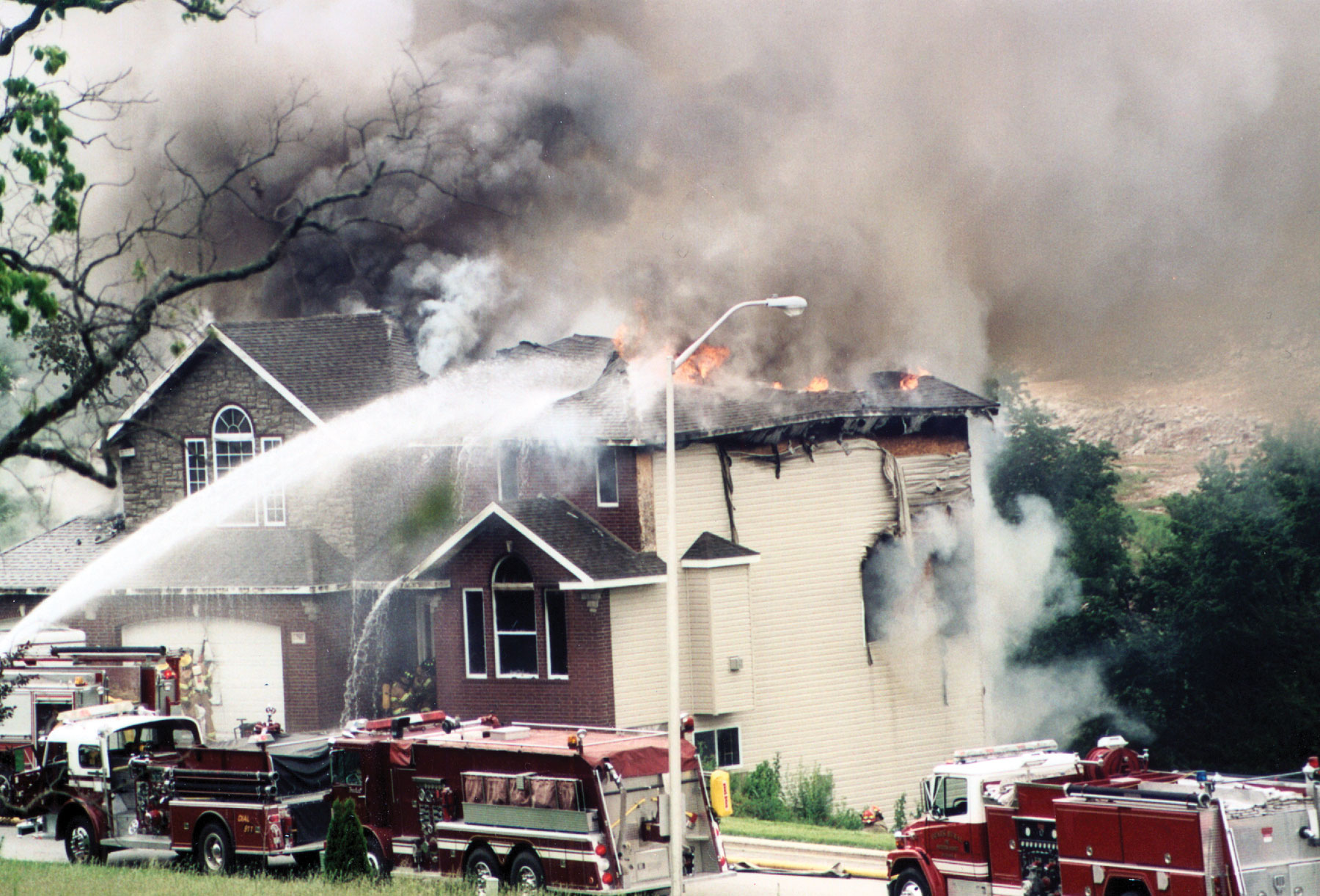Are Insurance Companies Doing Enough To Safeguard Adjusters and Policyholders Following Fire Losses?

The Rocky Mountain Association of Public Insurance Adjusters (RMAPIA) is holding a Spring meeting where I will discuss Safety and Valuation Issues Following Wildfire Losses. An article, Fire Investigator Health and Safety Best Practices,1 should be read by all adjusters and claims managers. While fire investigators will often be at the fire scene before adjusters and policyholders are allowed, most of the health dangers from a fire are still present for adjusters and policyholders after the fire.
The article stated in part:
Toxic hazards, on the other hand, are present at every fire scene (forest, brush, crop, structure, vehicle, trash). While fires are typically short-duration events, the chronic exposure effects can have a long-term health impact on those involved.
The primary toxic hazards are from the many gases and vapors contained in the smoke and the fire debris, as well as skin exposure to products of combustion. Smoke consists of invisible vapors and gases, visible particulates, and invisible nanoparticulates, and all are hazardous to fire investigator health.
Fire debris also contains many different chemicals, gases, and particulates that are hazardous. During and immediately after a fire, there are many fire gases present. But after the fire, and often for a considerable time after, there are particulates, nanoparticulates, vapors and gases present that can be a threat to the fire investigator. While much has been written in the last ten years about the effects of these toxic gases on firefighters, not enough has been said about their impact on fire investigators.
I can remember going to fire seminars with intentional burn fire scenes in the mid-1990s with no protective gear on other than steel-toed boots. A lot has changed since that time. We are much more educated about the dangers that remain at a fire scene long after the fire is extinguished.
Insurance companies and independent adjustment firms have a legal obligation to teach their adjusters about these dangers, how to deal with them, and provide safety equipment, so they are safe while doing their job. I discussed this in Insurance Company and Independent Adjusting Firms That Do Not Provide Personal Protection Equipment to Fire Claim Adjusters Are Violating OSHA Standards:
Fires scenes are inherently dangerous workplaces for insurance adjusters. Yet—as I stated yesterday in, OSHA Standards Apply to Insurance Adjusters, it is my experience that most insurance companies and independent adjusting firms have no safety program nor training for their adjusters who work at fire scenes adjusting losses and evaluating damages. This is illegal and in violation of federal law. It is amazing that OSHA has not fined these entities whose managers have to know about these dangers—they sell and service fire insurance.
My question to insurance companies and their adjusters is: “Why do you command your policyholder customers who are victims of the fire to go back into this dangerous fire scene to fill out the paperwork for contents losses, digging through the carcinogenic debris without warnings and proper safety equipment?”
In PayUp!, I discussed one of our clients who did this for months at the insistence of her insurance company. Many insurers wrongfully make their policyholders dig through the rubble and debris to find and list the damaged property rather than hire qualified contents adjusters to do the same. I wonder how many insurers hope that they will profit from policyholders giving up on this process.
I have never heard of an insurance company providing PPE to policyholders going into the debris of their fire-ravaged home trying to comply with insurance company requests. Today’s insurance company claims managers know better.
I suggest that insurance claims management consider how their claims handling procedures impact the safety of their adjusters and that customers are protected during the adjustment of the claim.
Thought For The Day
The safety of the people shall be the highest law.
—Marcus Tullius Cicero
___________________________________
1 Fire Investigator Health and Safety Best Practices, 2nd edition. The International Association of Arson Investigators, Inc. Health & Safety Committee. May 4, 2020. (available at https://www.firearson.com/uploads/FireInvestigatorHealthSafetyBestPracticesSecond.pdf)



